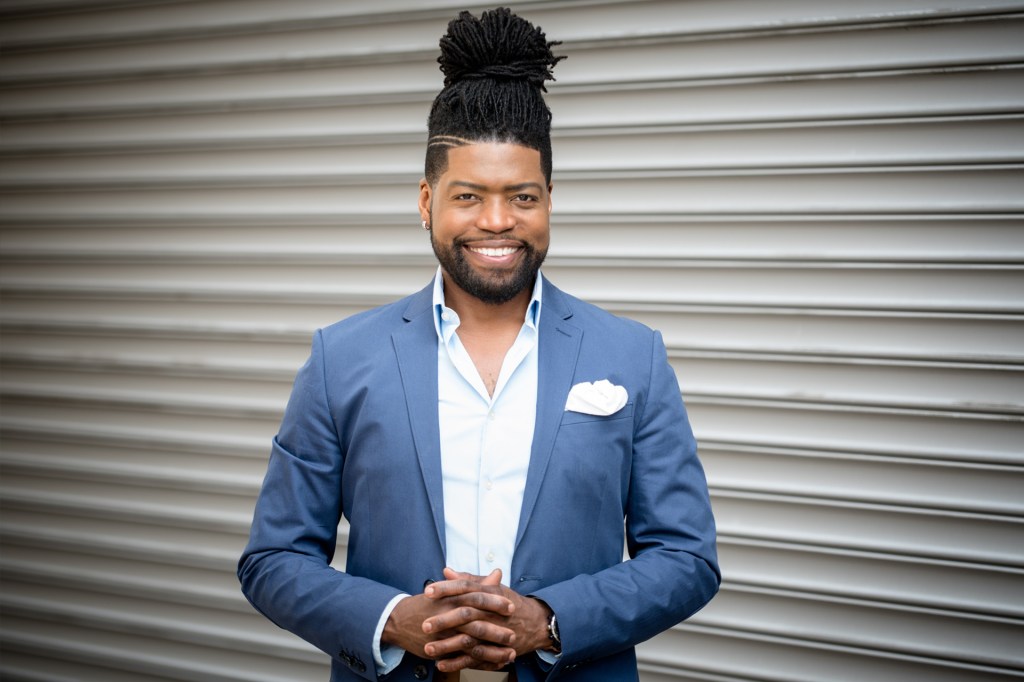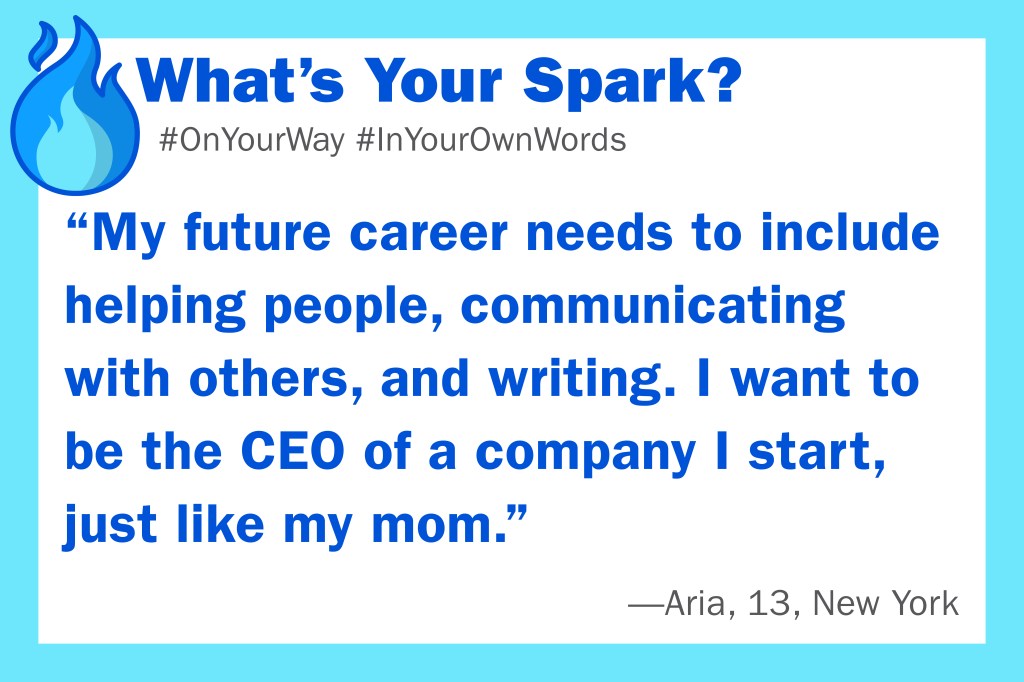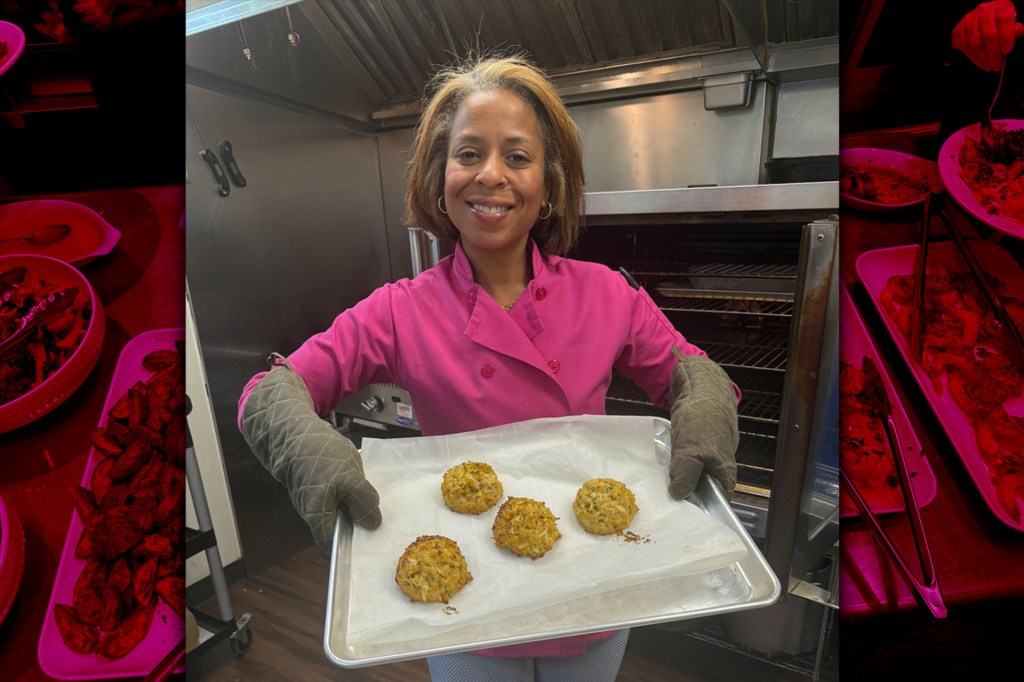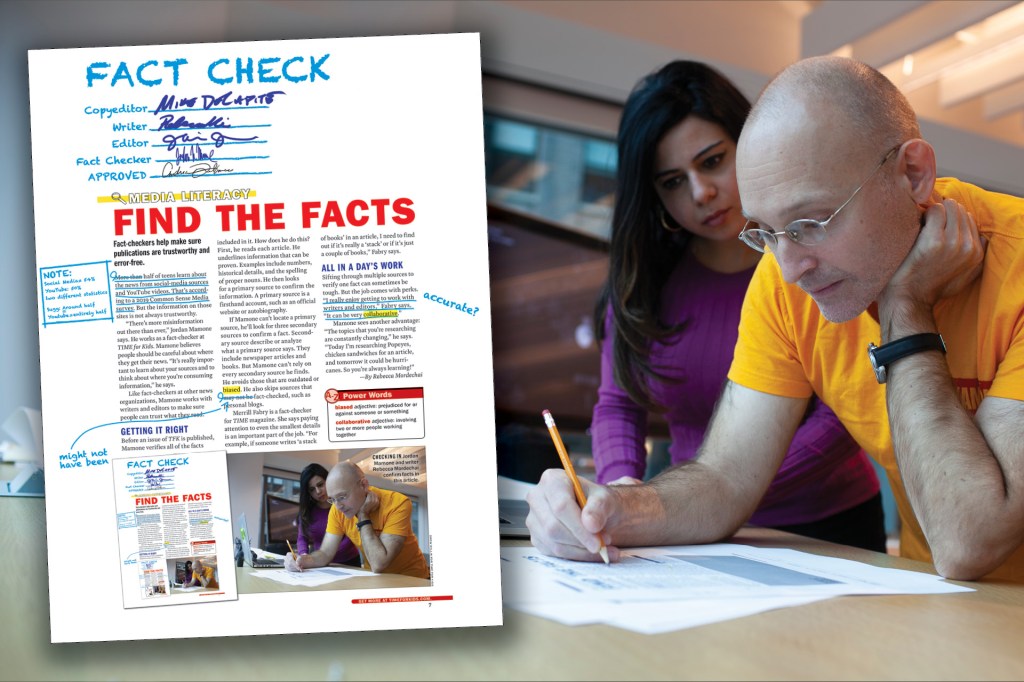
More than half of teens learn about the news from social-media sources and YouTube videos. That’s according to a 2019 Common Sense Media survey. But the information on those sites is not always trustworthy.
“There’s more misinformation out there than ever,” Jordan Mamone says. He works as a fact-checker at TIME for Kids. “It’s really important to learn about your sources,” he adds. Mamone works with writers and editors to make sure people can trust what they read.
Getting It Right
Mamone verifies
verify
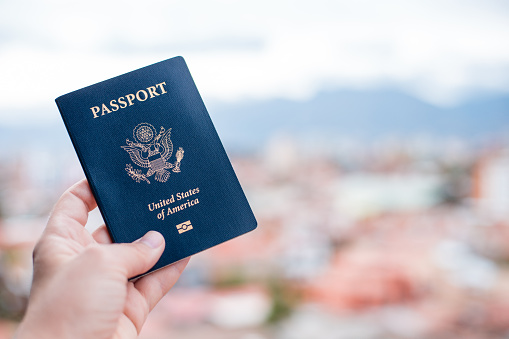 JEFF MCCOLLOUGH—EYEEM/GETTY IMAGES
to prove that something is true
(verb)
When you travel to another country, you must show your passport in order to verify your identity.
all of the facts in an issue of TFK before it is published. How does he do this? First, he reads each article. He underlines information that can be proven. Examples include numbers and historical details. He then looks for a primary source to confirm the information. Primary sources are firsthand accounts. They include official websites and autobiographies.
JEFF MCCOLLOUGH—EYEEM/GETTY IMAGES
to prove that something is true
(verb)
When you travel to another country, you must show your passport in order to verify your identity.
all of the facts in an issue of TFK before it is published. How does he do this? First, he reads each article. He underlines information that can be proven. Examples include numbers and historical details. He then looks for a primary source to confirm the information. Primary sources are firsthand accounts. They include official websites and autobiographies.
If Mamone can’t find a primary source, he’ll look for three secondary sources to confirm a fact. Secondary sources describe what a primary source says. They include newspaper articles and books. Mamone doesn’t rely on every secondary source. He avoids those that are outdated or biased
biased
 Family watching american football match on television at home
prejudiced for or against someone or something
(adjective)
I live in Pittsburgh, so I am biased when it comes to football and always root for the Pittsburgh Steelers.
. He also skips sources that may not have been fact-checked. These include personal blogs.
Family watching american football match on television at home
prejudiced for or against someone or something
(adjective)
I live in Pittsburgh, so I am biased when it comes to football and always root for the Pittsburgh Steelers.
. He also skips sources that may not have been fact-checked. These include personal blogs.
Merrill Fabry is also a fact-checker. She works for TIME magazine. When fact-checking, she pays attention to even the smallest details. “For example, if someone writes ‘a stack of books’ in an article, I need to find out if it’s really a ‘stack’ or if it’s just a couple of books,” Fabry says.
What’s the best part of being a fact-checker? “I really enjoy getting to work with writers and editors,” Fabry says. “It can be very collaborative
collaborative
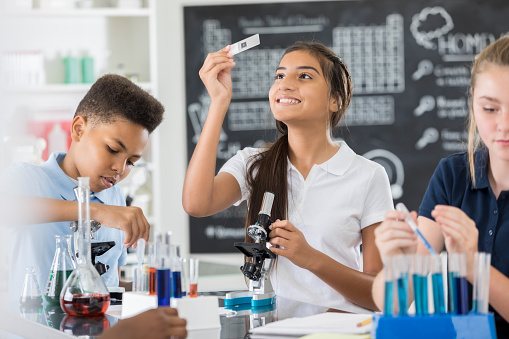 SDI PRODUCTIONS/GETTY IMAGES
involving two or more people working together
(adjective)
Group science-fair projects are a collaborative effort.
.” Mamone sees another benefit: “The topics that you’re researching are constantly changing,” he says. “You’re always learning!”
SDI PRODUCTIONS/GETTY IMAGES
involving two or more people working together
(adjective)
Group science-fair projects are a collaborative effort.
.” Mamone sees another benefit: “The topics that you’re researching are constantly changing,” he says. “You’re always learning!”






